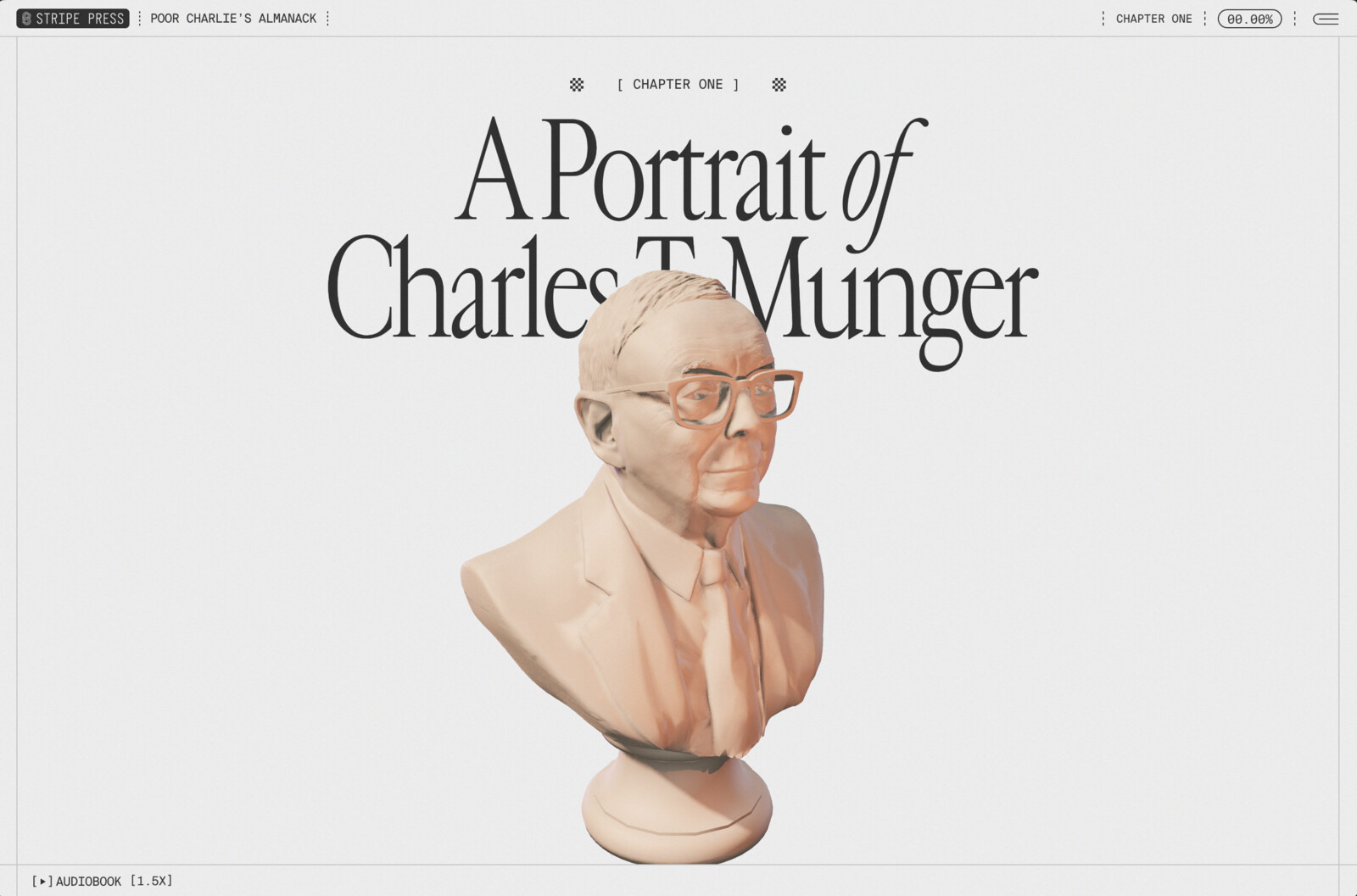From Dan Mall:
This past week, I finished making a small website for a family member’s business. I had an idea I liked for a subtle header animation. As I sat down to do it, I couldn’t justify how that animation would make the site any better at its job—attracting potential clients—than the static, non-animated version would.
It got me thinking: could I justify an animation for any website’s header?
There's this tense relationship between user-experience and design I've noticed a few times before: there's overlap between the two categories, but they're not the same thing:
- good link text is good user experience, but not always good design;
- animated headers might be good design but not good user experience;
- proper colour contrast is both.
Although: Dieter Rams's says that good design is aesthetic. Spinning headers are aesthetic but it's hard to make a business case for them because they're not functional. And Dieter Rams isn't like the final arbiter of these things anyway.
Then again it's often hard to make a business case for art. Are websites art?
As other forms of media rise in popularity, what I’ve observed is websites being relegated to one of two purposes:
- The website is the business, or a major part of it. Think e-commerce behemoths like Amazon and eBay, publishers like Dotdash Meredith and Buzzfeed, or social media companies like Facebook or Twitter.
- The website as a glorified business card. Someone people have square business cards, some spring for the gold foil and extra-thick card-stock, but they all do the same job in answering these two questions: are you legitimate and how can I contact you?
I like Jason Miller's application holotypes but this feels like such a cleaner way of conceiving of websites—and no less true. Much more easily grasped. Is your website itself a product, or is it an identifier?
Is this a dichotomy, or a spectrum? Where do blogs lie?
